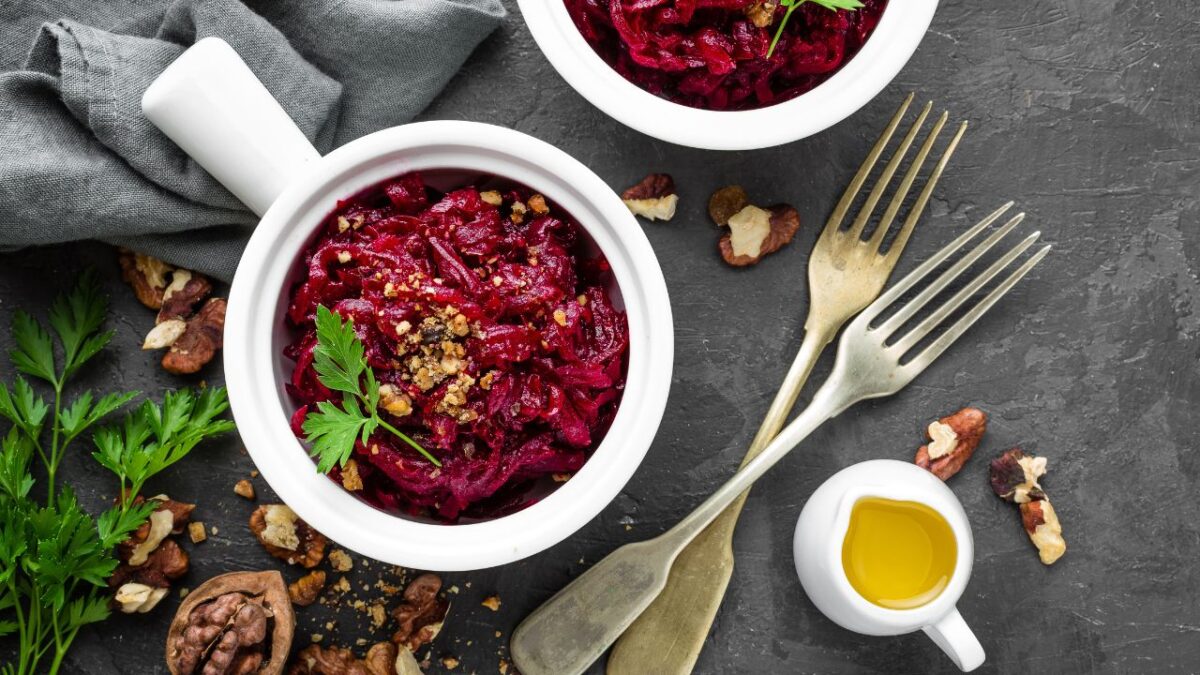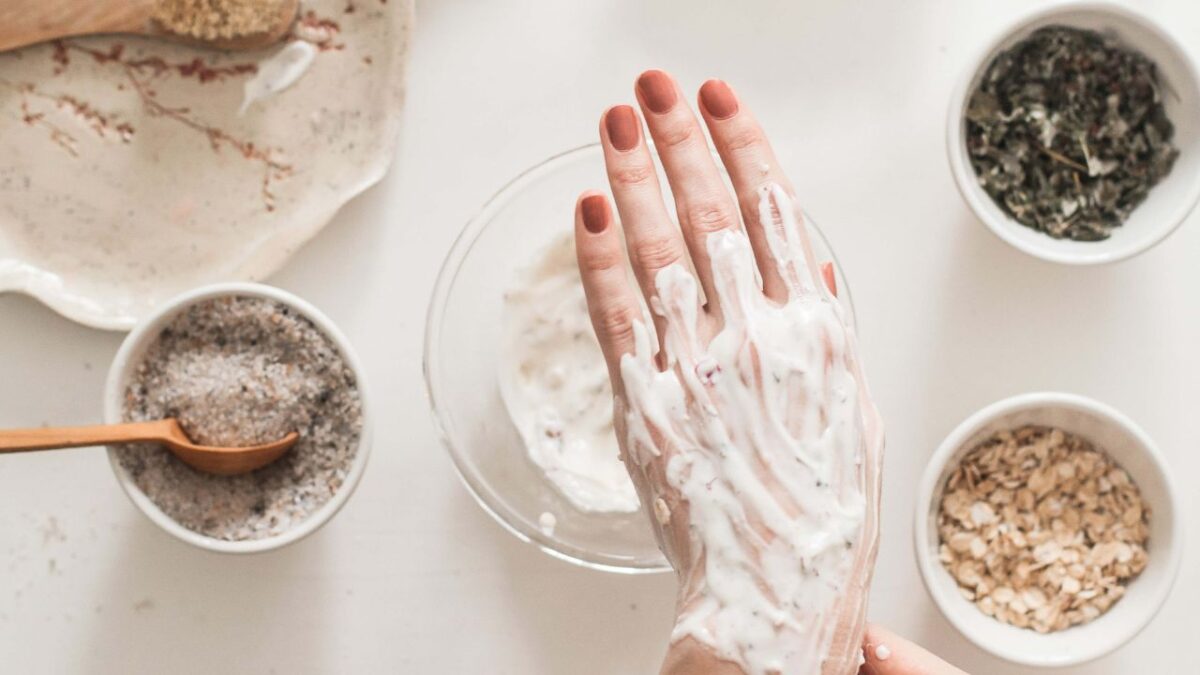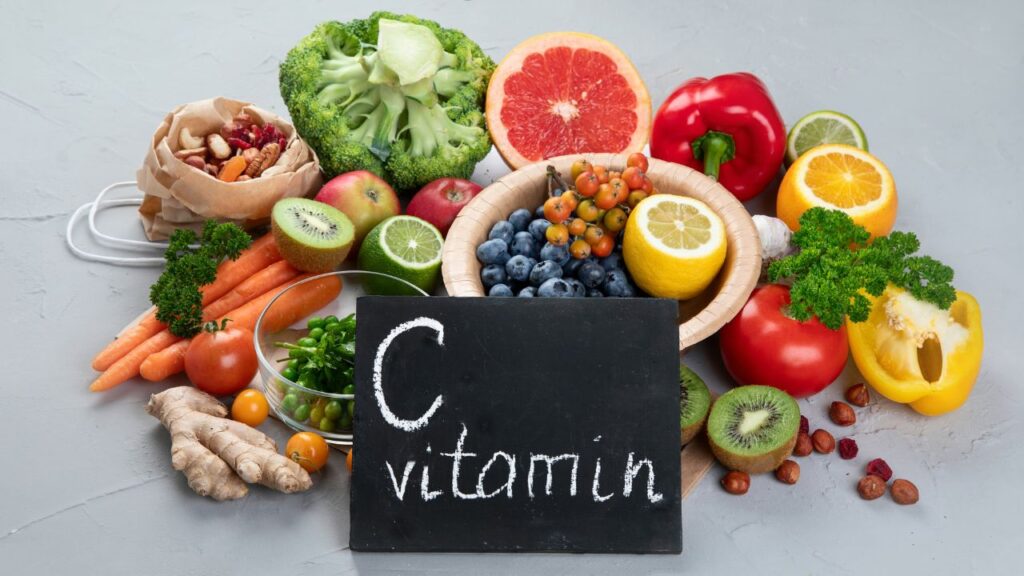How Perimenopause Affects Sleep
For many women, perimenopause is a period marked not just by hormonal upheaval but also by significant sleep disturbances. This transitional phase, leading up to menopause, can turn the simple act of getting a good night’s sleep into a nightly challenge. While hot flashes and mood swings often steal the spotlight in discussions about perimenopause, the impact on sleep is profound and can affect every aspect of life.
Understanding Perimenopause
Perimenopause is the body’s natural transition toward menopause, the point when menstruation stops entirely. This phase can start in the late 40s or early 50s and is characterized by a rollercoaster of hormonal fluctuations. Estrogen and progesterone levels swing wildly, leading to a host of symptoms including irregular periods, mood swings, weight gain, and, notably, sleep problems. These hormonal changes disrupt the body’s natural sleep cycle, making it harder to fall asleep and stay asleep.
How Perimenopause Affects Sleep
The sleep disturbances experienced during perimenopause are multifaceted. Many women find themselves lying awake at night, struggling to drift off, or waking frequently. Night sweats, a common symptom, can abruptly interrupt sleep, leaving one feeling hot, bothered, and wide awake. Moreover, the increase in anxiety and mood disorders during perimenopause can further exacerbate sleep issues, creating a vicious cycle of sleeplessness and stress.
Recent studies shed light on the severity of the problem. The National Sleep Foundation reports that as many as 61% of menopausal women have sleep problems. Another study published in the “Journal of Sleep Research” highlights the direct correlation between fluctuating hormone levels and sleep quality, underscoring the biological underpinnings of these disturbances.
Sarah, a 51-year-old teacher, shares, “The night sweats were so bad I’d have to change my pajamas. It felt impossible to get a good night’s sleep.”
Sarah’s journey through perimenopause has been particularly challenging, especially when it comes to maintaining a semblance of normalcy in her sleep patterns. As a 51-year-old high school teacher, her days are packed with lessons, grading, and the constant energy required to engage her students. However, the onset of perimenopause introduced an unexpected hurdle that began to take a toll on her professional and personal life: severe night sweats.
“Every night became a battle,” Sarah recalls. “It wasn’t just about feeling a little warm; it was an intense heat that would surge through my body, leaving me drenched.” This discomfort forced her into a routine of waking up multiple times to change her pajamas and sometimes even the bed sheets. “I felt like I was in a constant state of wakefulness, just waiting for the next wave of heat to hit me,” she explains.
The impact on her sleep was profound. The disruption of having to change clothes and the difficulty of falling back asleep meant that Sarah rarely felt rested. “Morning would come, and I’d feel like I hadn’t slept at all. Standing in front of my class, trying to focus on teaching, became a Herculean task,” she says. The lack of sleep began to affect her mood, her patience, and her ability to concentrate, raising concerns about her performance at work and her interactions with loved ones.
Determined to find a solution, Sarah embarked on a journey to reclaim her nights. She consulted with her doctor, who provided insights into the hormonal changes responsible for her symptoms and discussed various strategies to manage them. Sarah experimented with lifestyle adjustments, such as keeping her bedroom cooler, investing in moisture-wicking sleepwear, and avoiding caffeine and spicy foods in the evening. She also explored relaxation techniques to help calm her mind before bedtime, including gentle yoga and meditation.
Over time, these changes began to make a difference. “It wasn’t an overnight fix, but gradually, the night sweats became less intense, and I started sleeping through the night more often,” Sarah shares with a sense of relief. This improvement in her sleep quality has had a ripple effect on her daily life, enhancing her energy levels, mood, and overall well-being.
Sarah’s experience underscores the challenges many women face during perimenopause and the importance of seeking solutions and support. “It’s a journey, and it’s okay to ask for help,” she advises. “There are ways to manage these symptoms and regain control over your sleep and your life.”
Coping Strategies and Solutions
Enhanced Lifestyle Adjustments
- Sleep Hygiene Practices: Adhering to a consistent sleep schedule strengthens the body’s sleep-wake cycle, promoting better sleep. Creating a bedtime routine that includes winding down activities, such as reading or taking a warm bath, can signal the body it’s time to sleep. Ensuring the bedroom environment is conducive to sleep—cool, quiet, and dark—can also make a significant difference.
- Dietary Considerations: Integrating foods rich in calcium and magnesium, such as dairy products, leafy greens, and nuts, can have a positive impact on sleep. These minerals play a role in muscle relaxation and stress reduction. Limiting spicy and acidic foods, especially close to bedtime, can reduce the chances of night sweats and indigestion.
- Physical Activity: Regular exercise, particularly in the morning or afternoon, can improve sleep quality by promoting physical fatigue and reducing stress. However, it’s important to avoid vigorous exercise close to bedtime as it can be stimulating.
Medical Treatments
- Hormone Replacement Therapy (HRT): HRT can be effective in managing perimenopausal symptoms, including sleep disturbances, by stabilizing hormone levels. It’s crucial to discuss the potential benefits and risks with a healthcare provider, as HRT isn’t suitable for everyone.
- Sleep Medications: In some cases, short-term use of sleep medications may be recommended under the supervision of a healthcare professional. These medications can help establish a sleep pattern but should be used cautiously due to potential dependencies and side effects.
Alternative Remedies and Therapies
- Herbal Supplements: Supplements like black cohosh, valerian root, and chamomile have been traditionally used to alleviate symptoms of menopause and promote relaxation. It’s important to consult with a healthcare provider before starting any supplement, especially to avoid interactions with other medications.
- Mind-Body Practices: Yoga, tai chi, and meditation can reduce stress and improve sleep quality. These practices encourage mindfulness and relaxation, helping to calm the mind before bedtime.
- Cognitive-Behavioral Therapy for Insomnia (CBT-I): CBT-I is a structured program that helps identify and replace thoughts and behaviors that cause or worsen sleep problems with habits that promote sound sleep. Unlike medication, CBT-I addresses the underlying causes of insomnia.
Environmental and Behavioral Adjustments
- Managing Night Sweats: Wearing moisture-wicking sleepwear and using breathable bedding can help manage night sweats. Keeping a cool glass of water by the bed and a fan in the bedroom can also provide immediate relief.
- Stress Management Techniques: Practices such as deep breathing exercises, progressive muscle relaxation, and guided imagery can reduce stress and anxiety, making it easier to fall asleep and stay asleep.
Engagement in Support Groups and Education
- Support Groups: Joining menopause or perimenopause support groups can provide emotional support and practical advice from others going through similar experiences. Sharing strategies and hearing success stories can be incredibly empowering.
- Educational Workshops: Participating in workshops or seminars on menopause and sleep can offer valuable insights into managing symptoms. These sessions often provide tips on lifestyle adjustments, medical treatments, and alternative therapies.
Implementing these coping strategies requires a personalized approach, as what works for one individual may not work for another. It may take time and experimentation to find the most effective combination of strategies. Keeping a sleep diary can be helpful in tracking what methods improve sleep quality, allowing for adjustments to be made based on what works best. The key is to maintain open communication with healthcare providers and to approach this transitional period with patience and self-compassion.
Our Takeaway
The journey through perimenopause can feel isolating and overwhelming, particularly when it comes to the impact on sleep. Yet, we have to remember that this phase is not only common but also manageable. The disturbances to sleep, while frustrating, offer an opportunity to explore and adopt new strategies for well-being that can enhance life far beyond this transition.
Empowerment comes from education and action. By understanding the hormonal ebbs and flows that characterize perimenopause and recognizing their effects on sleep, women can take proactive steps to mitigate these disturbances. It’s a time for self-care, for tuning into the body’s needs, and for seeking solutions that resonate personally and practically. Whether through lifestyle adjustments, medical interventions, or alternative remedies, the tools for better sleep are diverse and accessible.
Perimenopause also presents an opportunity to build resilience. Navigating sleep challenges requires patience, experimentation, and sometimes, a redefinition of what it means to sleep well. It’s about finding balance and adjusting expectations, knowing that some nights might be easier than others and that’s okay. The resilience developed during this time can transform the experience of perimenopause from one of struggle to one of growth.
Community plays a important role in this journey. Sharing experiences and strategies with others who are navigating similar challenges can provide not only practical advice but also emotional support. There’s strength in numbers, and the collective wisdom of women who’ve traversed this path can light the way for those just beginning their journey.
The disturbances to sleep, while a significant hurdle, are not insurmountable. With the right strategies, support, and mindset, achieving restorative sleep and maintaining overall health during perimenopause is within reach. This period of transition is not just about enduring symptoms but about thriving despite them, leveraging the experience to foster a deeper connection with oneself and with others on a similar path.
Remember, the night is darkest just before dawn. With each small step towards understanding and managing sleep disturbances during perimenopause, a new day beckons—a day filled with energy, vitality, and the joy of knowing that you have the tools and community to navigate this natural phase of life confidently.


































